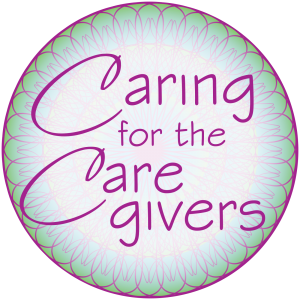As a Caregiver in a domestic violence shelter you are faced with the challenge of supporting all of your clients at work, then having to return home and take care of your family. In this episode Indrani, Amy, and Jeremie share the importance of taking care of yourself FIRST by setting boundaries and learning to tell your family a “positive NO”.
[powerpress channel=”caregiverpodcast”]
Episode Time Codes

01:03 Introduction of this episode’s scenario
02:56 Jeremie shares a self-awareness exercise called “Going to the movies”
06:35 Amy discusses the four types of boundaries
14:10 Indrani explains how to deliver a Positive No
20:40 Discussion: you are always setting and breaking boundaries.
25:55 Discussion: supporting others in your life with setting boundaries
29:15 Summary of the three tools
Links and Resources mentioned in this episode
BOOK: Coping with infuriating, mean, critical people: The Destructive Narcissistic Pattern – Nina Brown
